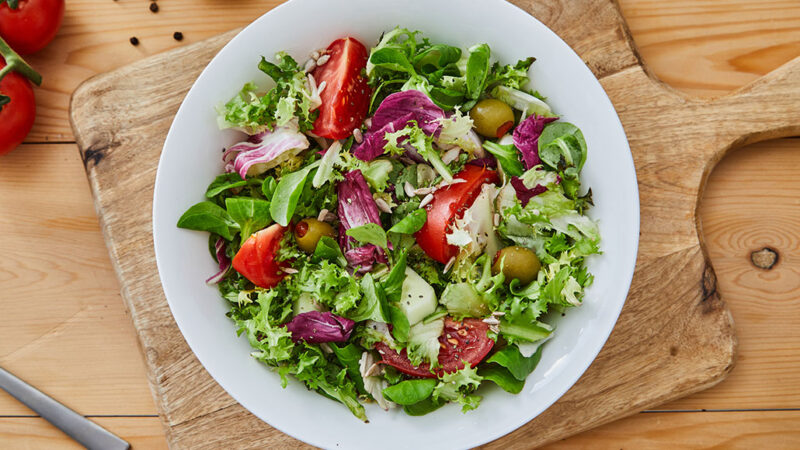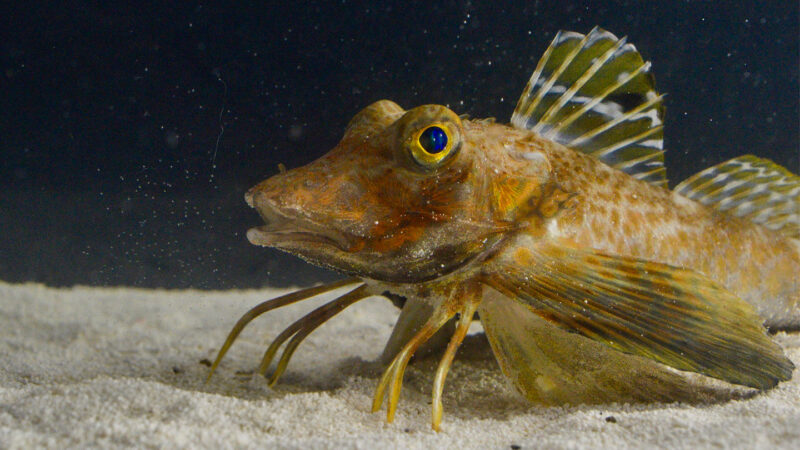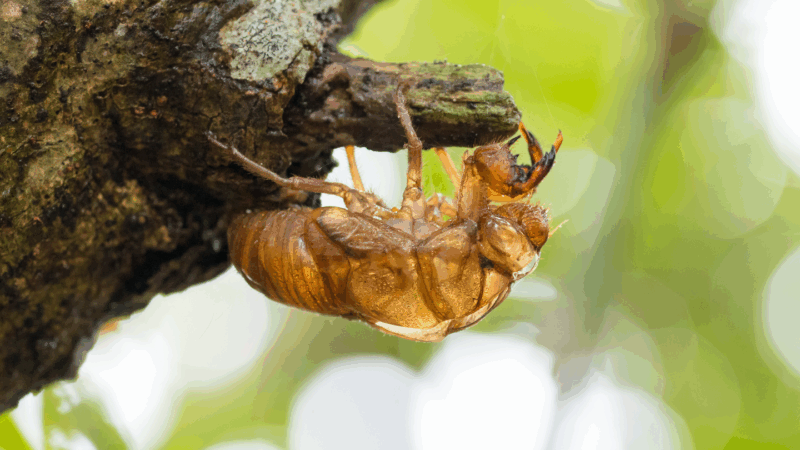Veggies pack lots of nutrients. But our bodies need some nutrients that can be found only in animal products, such as meat and milk. Now, researchers have tweaked the genes in leaves so that plants, too, can at last make some of these compounds. This might one day let vegetarians and vegans rely on plants for the full range of nutrients their bodies need.
“My mom is a vegetarian,” says Pengxiang Fan. “So I started looking at what I can do to improve the plant-based diet.” A biochemist, Fan works at Zhejiang University in Hangzhou, China.
Explainer: What are proteins?
Enzymes are proteins that speed up chemical reactions inside living things. To pump out the animal-type nutrients, plant leaves need enzymes they don’t normally have. In this case, they need enzymes that help turn certain amino acids — the building blocks of proteins — into compounds normally found only in meat.
Fan is part of a team that put genetic instructions for making these animal-based enzymes into a bacterium: Agrobacterium tumefaciens. This microbe can then transfer genes to plants.
The team prepared multiple sets of genetic instructions. The sets differ in which amino acids and nutrients they can make. By combining the sets in different ways — like combining Lego blocks to build different structures — the instructions would allow plants to make different nutrients. The researchers then injected bacteria carrying these instructions into the leaves on a relative of the tobacco plant.
Researchers injected bacteria into leaves of this relative of a tobacco plant. Those microbes provided the plant with new genetic instructions — ones needed to make nutrients normally found only in animals.P. Fan
A nutrient boost
The treated leaves then made two animal-type nutrients. One was creatine. It’s a molecule formed from three amino acids. The other, carnosine, is made from two amino acids. In both people and animals, creatine helps bring energy to muscles. Carnosine is an antioxidant. It also helps stave off muscle fatigue.
Which nutrient the leaves made depended on which genetic instructions they had received. After four to five days, the researchers harvested leaves from the plants.
People need about 1.7 grams of creatine and 0.6 gram of carnosine each day. The amounts of creatine and carnosine that the plant made are much less than that, Fan notes.
For every gram of plant leaf with animal enzymes, the plant had made 2.3 micrograms of creatine or 69.5 micrograms of carnosine. (A microgram is a millionth of a gram. It’s about one-fiftieth the weight of a grain of salt.) For comparison, a gram of meat contains about 1,000 times as much creatine and about 100 times as much carnosine as a gram of the modified plant.
The team shared its findings in the October 16 Journal of Agricultural and Food Chemistry.
The plants used to test this technique aren’t edible. But one day, Fan hopes to try adding such nutrient-making enzymes to crops such as tomatoes.
But, Fan cautions, before using this technique in fruits or veggies, “we need to be very careful.” The plant might adapt to the genes in unexpected ways. For example, the team tried to get their test plant to make taurine, another nutrient. This amino acid plays a role in digestion. But the injected genes didn’t work the way the team had hoped. Those enzymes kept the plant from making cysteine. It’s an amino acid the plant needs to make that taurine.
Injecting the genetic instructions into a leaf takes just a few days. That’s a lot faster than the typical approach for testing genetic tweaks to plants, says Laurie Leonelli. She’s a photosynthesis engineer who did not take part in the study. She works at the University of Illinois Urbana-Champaign. For instance, growing whole plants that carry new genetic instructions can take two or three years. So the new bacteria injections certainly save scientists a lot of time in seeing if their approach works, Leonelli says.
Scientists Say: Genetic Engineering
Fan plans to try adding genes for making other animal nutrients to plants, too. Ideally, he says, his group could come up with a set of instructions for every amino acid. People get some other nutrients primarily from meat, too — such as vitamin B12. Fan plans to explore ways to boost plant levels of these nutrients as well.
If plants are grown in a mindful way, they should have fewer impacts on the environment than the farming of animals have, Leonelli says. The new work is “trying to make plants more nutritious so we don’t have to rely so heavily on animal
-

Album
£19.99 Add to cart -
Out of stock

Out of stock
£49.99 Read more -
Sale!

Product Affiliate
Original price was: £49.99.£19.99Current price is: £19.99. Buy product -
Sale!

Product Grouped
£10.99 – £16.99 View products -
Sale!

Product Standard
Original price was: £19.99.£10.99Current price is: £10.99. Add to cart -

Product Variable
£59.99 Select options -

T-shirt
£19.99 Add to cart -

T-shirt
£16.99 Add to cart -

T-shirt
£14.99 Add to cart -

T-shirt
£19.99 Add to cart -

T-shirt
£19.99 Add to cart -

T-shirt
£19.99 Add to cart -

T-shirt
£19.99 Add to cart -

T-shirt
£19.99 Add to cart -

T-shirt
£19.99 Add to cart -

T-shirt
£19.99 Add to cart
Do you have a science question? We can help!
Submit your question here, and we might answer it an upcoming issue of Science News Explores
















